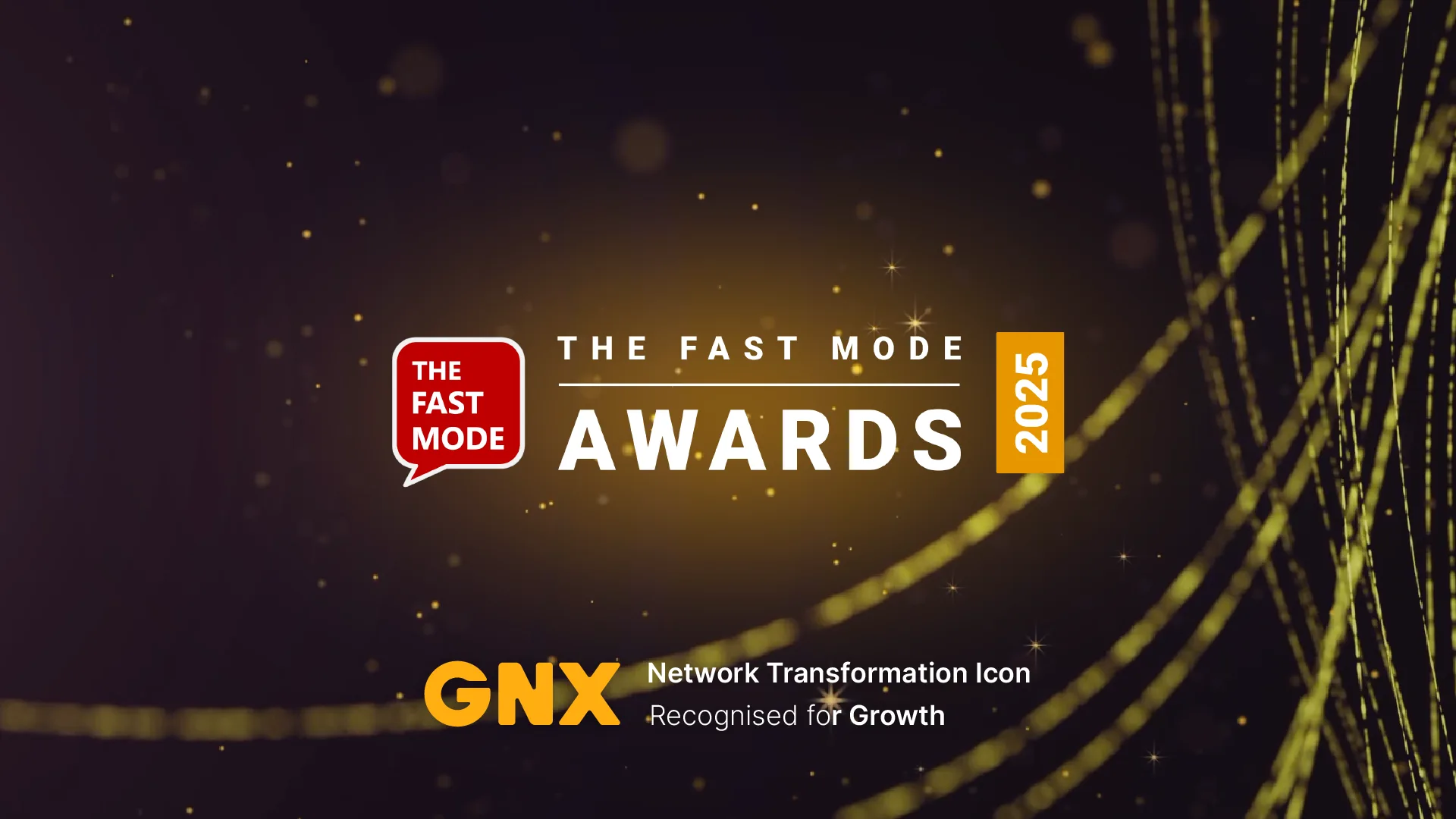Trends: the future landscape of global Internet connectivity

Technologies change fast. Global connectivity? Too fast. But some broad trends are visible … if you stare into the distance hard enough.
Because while there are differences between countries and cultures, the language of business advantage is the same everywhere. More bandwidth; smarter networks; lower costs; easier administration. And all these trends are driven by them.
A taste:
- You’ve heard of SaaS and DBaaS, but now whole assemblages of connectivity infrastructure can be ordered from the cloud, with Network as a Service (NaaS).
- The changing nature of application usage is leading to new patterns of connectivity: not so much location-to-location and a lot more business-to-datacentercloud.
- In the corporate suite, there’s a dawning realization that the success metric isn’t just bandwidth, and how hardening perimeters and optimizing workflows can save time and money without throwing more gigabits at the problem.
- The demands of the AI revolution are spawning new forms of computing resource to connect to: GPU-only datacenters, storage-only private clouds, a need for sustainability-friendly locations, and innovative energy sources to power it all.
This article dives into some critical trends shaping the future of worldwide internet connectivity – with our views on what they mean for your enterprise and how to navigate them strategically. By the end, you’ll have a clearer vision of the future … and how to prepare your business for the next generation of internet connectivity.
A landscape of trends, a world of opportunities
Depending on who you are, what’s your role, or your business, you’ll find a completely different set of trends. Top 10 lists. The “most impactful”. A whole list focused only on A.I., etc. Our list? These are the topics our customers ask about most often … and where getting the right answers matters most.
1. Split apart: a clearer separation of above and below
While it’s been a thing since the OSI seven-layer model was introduced, the concept of connectivity happening at distinct “levels” is spreading to non-engineering types, with customers now seeing their network as two halves: underlay and overlay.
Underlay is what’s down in the dirt (or up in the air) “below” the user-facing layer. It’s the cables in the earth, the fiber under the sea, mobile towers, and microwave masts – physical infrastructure that carries your traffic. Overlay is the part you use: the SD-WAN and SASE that help you manage your networks and enable the cloud applications your people connect to.
It’s this separation that gives you such a vast choice of suppliers around the world: from global carriers to local ISPs, from system integrators to regional MSPs. Each may bring a different approach and focus of expertise.
Key insight: as the choices broaden, companies are discovering that the underlay matters as much as what's on top – it’s not a generic soup, but an engineered set of components. Badly chosen, they’ll be a cost sink … hence, they are looking into underlay experts to maximize the performance of their overlays.

Carriers, MSPs, or ISPs - the connectivity vendor landscape
Understanding the vendor landscape is crucial for navigating your connectivity options effectively.

2. The changing nature of how applications are consumed
Connectivity around the world used to look like a web: applications housed on desks or local servers, data exchanged office to office over MPLS or similar leased line. The move to the cloud is changing that.
What we see today is a mesh between large data centers, cloud applications, distributed offices, devices, and individual users. The difference today is how vital every bit of mesh is, and how essential its bandwidth, serving thousands or even millions of users.
While cloud applications are driving this change, there’s variety in the detail. There are public hyperscalers; private clouds (personal service but harder to scale); and hybrid mixes that combine “iron in the basement” with “capacity in the cloud”. Each with different performance characteristics and advantages.
Key insight: attention to detail here can be the difference between a cloud that works for everyone, or one that pleases no-one. Every office will have its own usage profile – and savvy companies are tailoring each location’s connectivity to its precise needs.
3. New demands from AI crowding out Business-as-Usual
We all love AI (well, most of us) but few realize just how much bandwidth these exciting technologies need. Industrial-strength AI can’t run on a single server – computing capacity is often stitched together across dozens of hyperscale locations, connected by ultra-fast fiber. And that takes a lot of packets.
AI benefits from lower latency and efficient routing … but so does the rest of your workload, and your budget can’t go 100% on AI.
So first, if AI is critical to your business (and it will be) you need those services to be always-on through outages and disasters – both the application itself, and the bandwidth that lets you use it. Second, you need to manage data allowances and volumes so they address other business priorities too.
Key insight: the future landscape may include an “AI SLA”, not just a connectivity SLA. Business continuity will need both to work … and work well.
4. The unstoppable rise of NaaS … and it’s all good
Networking used to involve advanced planning, long contracts, and too many headaches. That’s less the case today, thanks to another trend: NaaS, or Network as a Service.
With just a few clicks, enterprises can now pick and choose the solutions they need – in surprising detail, from small local ISPs in rural Bolivia to national telcos in Europe – and integrate them into their network resources, scale, or make changes on demand.
The issue: with a large number of partners to choose from, who you’ll never meet face-to-face, you may not be getting the absolute best choice everywhere you need connectivity. Which means extra time searching, contracting, and managing the paperwork.
Key insight: there’s a balance to be found between how much effort is needed to source the ideal partners, and how much marginal benefit those best-of-breed partners will deliver.
5. Market consolidation is making diversity harder
Just as the number of connectivity partners available to you is growing, the number of vendors offering diversity in the same region is falling. It’s due to mergers and consolidation in the sector, leading to a few “big players” in many markets. And it’s giving buyers a false sense of security.
Taking out contracts with two ISPs does not give you “diversity” if both those ISPs rely on the same infrastructure. Yet we see this happening all the time. One cable cut on a critical fiber, or one mobile mast taking storm damage? Kaboom goes your bandwidth, even if you had multiple ISPs engaged.
So expect the new connectivity reality to involve more “looking under the hood” to see what hardware your bandwidth really depends on. We think a lot of companies are already at risk of an isolated outage taking down a whole location.
Key insight: diversity of providers does not mean diversity of infrastructure. Make sure you know what rails your data is really traveling on.
6. Greater total bandwidth is making speed less of a factor
Up to now, connectivity has been bandwidth-obsessed: “faster download speeds” meant “better”. In the developing landscape, that’s no longer the case.
A lower-bandwidth, but well-optimized routing protocol that takes usage patterns into account, can perform better than a higher-speed, off-the-shelf connection. And the cost case looks good, too.
In this new landscape – if the right tools for visibility over the network are available – routings can be set, latency can be minimized, capacity can be dialed up or down, and resources activated or snoozed to address actual business conditions. Giving you only what you need, only when you need it.
Key insight: raw speed is the boast, but optimization is the toast. Those with a “single pane of glass” view of their network operations have the information they need to win.
7. Running out of runway on IP addresses
We’ll expand on this in another article, but let’s summarize here: the world’s stock of IP addresses is getting exhausted. IPv4 has been around a long time, and with the huge demands of IoT – each tiny, simple device needing an IP address in uncountable millions – the switch to IPv6 needs to happen sooner, not later.
IPv4 provides just 4.4B addresses, with 3.7B gone. Dynamic assigning and reuse can help, but IPv6 – with up to 2¹²⁸ addresses available – will solve the problem *forever*. Or at least until the next internet paradigm shift happens.
Key insight: since IPv4 and IPv6 aren’t straightforward compatible, there are many devices that support IPv4 only – so they’re becoming obsolete fast. Make sure all new infrastructure you buy or rent is ready for IPv6, or seek guidance from an expert if unsure.
8. Bandwidth from the sky, with LEO satellites
We have fiber in the ground, handing uncontended connections like Wavelength. 4G/5G/Wireless Point-to-point in the air, connecting people’s mobile phones and businesses’ remote locations. And increasingly, space is part of the equation, too.
The hot sector is LEO (Low Earth Orbit) satellites like Starlink’s: small, cheap (by space standards) and numerous, covering the whole of Earth’s surface with constellations of data-focused chunks of technology less than 2,000km up.
They’re becoming more common, more reliable, and higher bandwidth. Which means they’re increasingly viable for business connectivity, too. At GNX, we see more and more customers including LEOs in their mix. Today, it’s mostly for backup. Tomorrow, as primary connections.
Key insight: satellites won’t replace land and air bandwidth, but complement it: each has competitive use cases. The trick will be getting the right mix – to ensure the most cost-effective connectivity at all your locations. Consider adding LEO.
9. The hardening of the SLA offer
An SLA means nothing if it’s not backed by genuine technological reliability. If your SLA says 99.9%, that’s still nine hours a year out of action, best case. And when it goes down on a weekend, who fixes it, and when? What’s compensation worth when your factor is down for a few hours?
Today, standard SLAs from individual providers (especially consumer-grade or basic business broadband) can be misleading – offering uptime percentages that don't reflect incident response times or out-of-hours support in the real world.
Remember to ask for MTTR: Mean Time to Repair. It’s a metric that measures recovery time to get back to normal – something not covered in most SLAs. Also, look for companies to go beyond a patchwork of separate providers to a true aggregated service with one number to call when issues arise. It’s just better business.
Key insight: tomorrow’s landscape will be about guaranteed service, not contractual promises. Customers will be looking for fewer “force majeure” excuses and less finger-pointing, and preferring partners that take full responsibility for issues.

Key learnings and 2026 predictions for your global WAN
A GNX webinar exploring some of this year's takeaways and how are trends shaping the connectivity agenda.

The leap forward: take advantage of tomorrow’s connectivity landscape with GNX+
Those are just a few of the trends we see playing out. And at GNX, with our innovative GNX+ platform and carrier-agnostic underlay network, we’re ready to help you traverse this evolving landscape – turning connectivity challenges into opportunities.
The advantages? GNX is a true aggregator, issuing a single SLA backed by service guarantees, no matter how many providers are involved “under the hood”. (Drawing on relationships with 3,000 of them worldwide.) Our GNX+ platform is provider-agnostic; no “preferred vendors”, no pay-to-play distorting your choices. And to you: “as-a-service”.
And by bringing so many providers together, you get that single pane of glass: a 30,000ft view of your entire network infrastructure, letting you zoom in on problems and optimize for efficiencies. We manage the underlying complexity, so you can focus on using that connectivity for growth and innovation.
That’s the landscape the world is moving into. And GNX would like to help you thrive.

Is your network ready for the future of global internet connectivity? Let's discuss how we can make your network future-proof … even before that future arrives.

